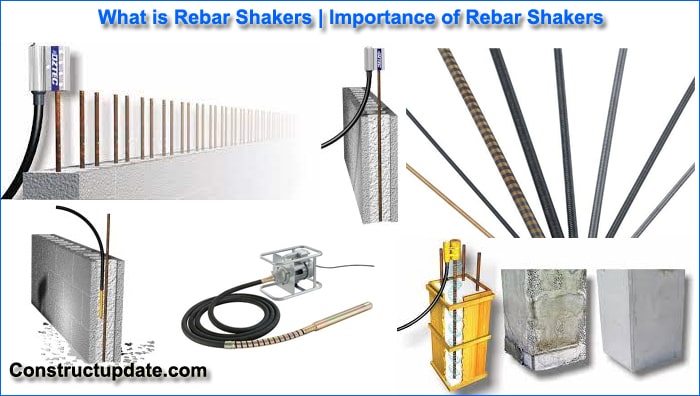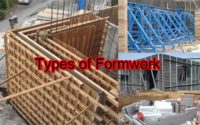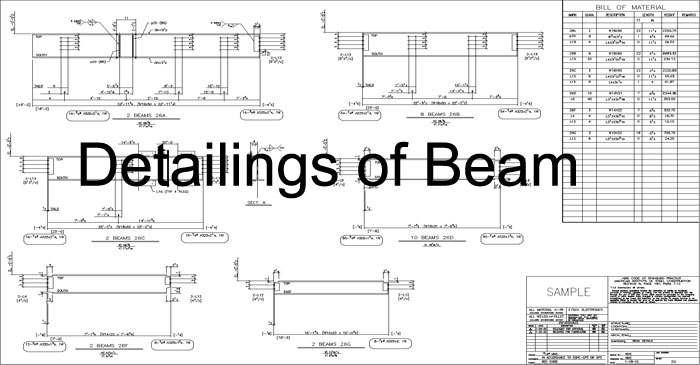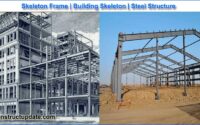What are Rebar Shakers? | Concrete Vibrator Rebar Shaker Importance
Rebar shakers are vibratory devices that are attached to steel bars and use vibration to consolidate concrete.
It is intended to compact concrete in reinforced concrete elements that are difficult to access, such as reinforced concrete masonry walls and crowded reinforced concrete elements.
The tool is useful and simple to use. In rebar members that are shallow and densely packed, the rebar shaker replaces the necessity for needle vibrators. It prevents the internal vibrator from being inserted and removed, which could splash concrete, mess up the construction site, and endanger personnel.
Additionally, because it requires less manpower to pour and compact concrete, the device consolidates concrete more quickly than an internal vibrator and lowers labour costs.

What is a Rebar Shaker?
The purpose of a rebar shaker is to convert reinforcing bars into a vibrator. It is placed between two steel bars, allowed to vibrate and fluidize the material, and then solidifies in 5-7 seconds. Therefore, it is unnecessary to employ an internal vibrator.
The use of the rebar shaker is useful in situations where it is difficult to reach the concrete and adequately solidify it, such as in crowded areas and with reinforced concrete blocks.
Since concrete blocks absorb some of the water in the concrete mixture, the concrete in reinforced concrete masonry walls typically switches to a plastic condition quickly in contrast to other situations of concrete casting.
Therefore, the work of compaction should be completed as quickly as possible before the concrete reaches the plastic state. You can accomplish this by using a rebar shaker. The time required to implant a needle vibrator into the lower portion of the reinforced masonry wall is reduced thanks to this mechanical device.
Importance of Rebar Shakers
Concrete consolidation in densely populated and shallow members is addressed by rebar shaker.
Steel bar spacing does not, however, allow for the insertion of an appropriate internal vibrator head size into strongly reinforced concrete members. Therefore, a less powerful but smaller vibrator head ought to be employed.
In addition, crowded bars block vibrations from the vibrator inside the wall from reaching the formwork face. Similar to this, if an external vibrator is employed, the concrete at the formwork face is correctly consolidated and vibration is kept from penetrating the concrete inside by the steel cage’s rebar wall. Steel bars might be made to vibrate by screwing a rebar shaker onto their tops.
Vibrations are consequently transmitted to the concrete via embedded steel bars. 360 consolidations from the wall’s core all the way up to the formwork face are led by a rebar shaker. Additionally, it removes the challenge of installing interior vibrators in reinforced concrete structures with densely packed steel bars.
Uses of Rebar Shakers
- It is utilised in areas with limited space, such as a column, shear wall, retaining wall, etc.
- Rcc block masonary wall.
Advantages of Rebar Shaker
- It is quickly and simply attached to the steel bar’s highest point.
- Compared to the situation of using an internal vibrator, less labor is required.
- reduces the amount of time needed for cleaning, topping off concrete square cells, and time wasted from potential injuries from slips and falls.
It eliminates labor mistakes like hastily removing the vibrator head from the concrete, which results in an unfavorable concrete mixture and a weak connection between the steel bars and the concrete.
A strong link between the concrete and the steel bars is achieved by sufficiently consolidating the concrete in heavily congested components and reinforced concrete block masonry.
Disadvantages of Rebar Shaker
- Rebar shakers may become loose and contact lateral ties as a result of extreme vibrations or improper transfer reinforcement fastening.
Related Posts

What is Formwork and Formwork Types

Detailing of Beams : Simply Supported, Continuous Rectangular and Cantilever Rectangular Beams

What is Skeleton Frame | Building Skeleton | Steel Structure | Components and Advantages
About The Author
I love to share my experience on civil engineering and construction estimates. As a highly capable individual with a strong academic background, I am proud to say that I already possess a comprehensive understanding of the technical elements of civil engineering.

